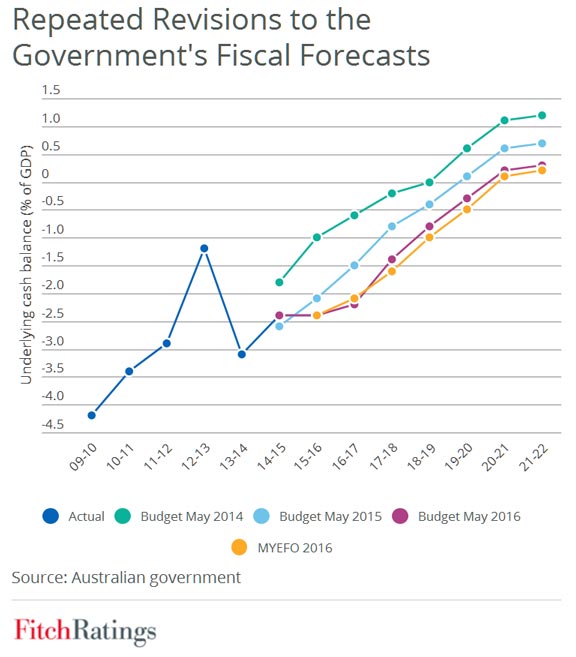A 10% leverage ratio hurdle for US banks to obtain significant regulatory relief, as proposed under the original Financial Choice Act (FCA), would not completely prevent bank failures, says Fitch Ratings.
Based on an analysis of bank failures from 2007 through 2011, 35% of those banks that failed would have qualified for regulatory relief at year-end 2006 under the FCA, according to FDIC data.
Fitch believes that the FCA, proposed by House Financial Service Committee Chairman Representative Jeb Hensarling, R-TX, in 2016, may serve as a blueprint for some of the regulatory changes ahead, although it remains unclear which policies will be the focus of Congress and the administration and eventually passed. The FCA is broad in scope and includes proposals that would potentially reduce financial regulators’ authority and limit regulatory burdens for certain financial institutions.
Specifically, banks that meet an average 10% simple leverage ratio over four quarters and certain other requirements may elect to become a qualifying banking organization. These banks would see requirements for stress testing (for those under $50 billion in assets), other liquidity and capital rules, concentration limits and restrictions on capital distributions and M&A activity lifted. Other requirements in the original FCA proposal include a lack of trading assets and liabilities, derivatives activity limited to foreign exchange and interest rates, notional derivatives contracts below $8 billion and a CAMELS rating (a supervisory rating system assessing capital adequacy, assets, management capability, earnings, liquidity and sensitivity to market risk) of 1 or 2 from the bank’s regulators, which is not public information.
Based on 418 FDIC bank failures during and after the financial crisis (2007-2011), 144 (35%), of failed banks met a 10% simple leverage ratio and other requirements at year-end 2006 that would have qualified them for regulatory relief under the FCA proposal. While none of these banks were systemically important, costs to the FDIC from these 144 failures exceeded $12 billion. This equates to a 3.6% failure rate for banks meeting the 10% simple leverage hurdle, compared to a 4.8% overall bank failure rate during the selected time frame.
While the data suggest some reduced risk of failure, Fitch believes that the use of such a simple leverage hurdle does not in and of itself completely prevent bank failures. Fitch assesses a wide range of quantitative and qualitative factors in developing its rating opinions, including company profile, asset quality, management, earnings, liquidity and risk appetite.
Regardless of the leverage ratio, most failed banks during that period exhibited high asset class concentrations restrictions on which would be lifted under the original FCA proposal. For example, of the 144 failed banks that would have qualified for regulatory relief at year-end 2006, the average commercial real estate (CRE) concentration was over 60% of loans, with an average concentration in construction lending at over 30% of loans at year-end 2006. This is particularly notable given recent regulatory guidance regarding CRE and construction concentrations, which would no longer be enforceable if the original FCA proposal is enacted for banks that qualify.
As of Sept. 30, 2016, nearly 58% of US banks meet a 10% simple leverage ratio and other requirements for trading and derivatives activity and could potentially qualify for significant regulatory relief, according to bank-level FDIC data. Without specific, finalized policy proposals, determining the aggregate ratings or credit impact of a major deregulatory initiative would be premature.









